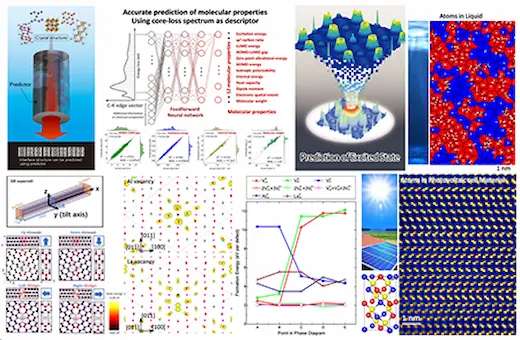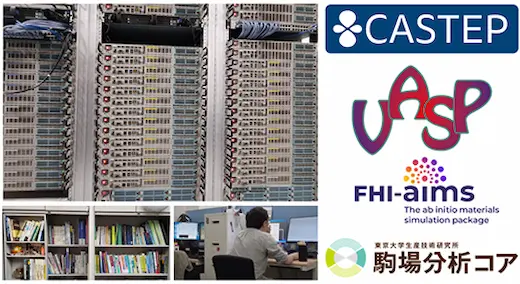Nano-materials design laboratory
The University of Tokyo

What's new!

Paving the way for Materials Design
Research objective
- If we can realize material design by understanding the correlation between the atomic and electronic structure of materials and the expression of their functions, we can dramatically accelerate the development of materials. In order to realize such material design, it is necessary to understand the atomic and electronic structures of the local regions that are responsible for materials functions, and to elucidate the mechanisms and physics for arising the materials functions.
- The Nano Materials Design Laboratory (NMDL) at the Institute of Industrial Science, The University of Tokyo, aims to precisely analyze the structure-function relationship of materials (structure-function relationship) using computer simulation, information science, and atomic-level measurement, and to realize materials design based on this analysis.

Our Team
Member
- Since our group is part of an affiliated research institute, it is not directly associated with any undergraduate school. It is composed of graduate students, researchers, and staff who belong to the Department of Materials Science and Engineering at the Graduate School of Engineering, The University of Tokyo.

Our Achievements
Research Achievements
- The students in our group have transferred universities and laboratories upon advancing to graduate school. While transferring to a new group and new university is very challenging, there are many*10 more things to gain from its experience.
- The students joined to our group start new research themes after entering graduate school, and even within a limited time, they present at academic conferences, and become the first authors of academic manuscript that leave a mark in the history of Science. You can see our achievements, including conference presentations and awards, from the Achievements section above menu.

Research Environments
Rsearch Environments
- In our research, we mainly use the latest computers and nano-analysis equipments. We also utilize external facilities, such as supercomputers and synchrotrons.
- In addition to hardware, we have a comprehensive collection of textbooks on subjects like solid-state physics, quantum chemistry, machine learning, and so on. We have also installed many whiteboards to facilitate anytime-discussions.

How to join
How to join
- We welcome visits from undergraduate students considering graduate school or transferring, technical college (KOSEN) students and specialized course (KOSEN-Senkoka) students, graduate students or working professionals considering a doctoral program, as well as students of Komaba-campus considering the Department of Materials Engineering who are interested in our research and materials science. Please contact Mizoguchi by email.